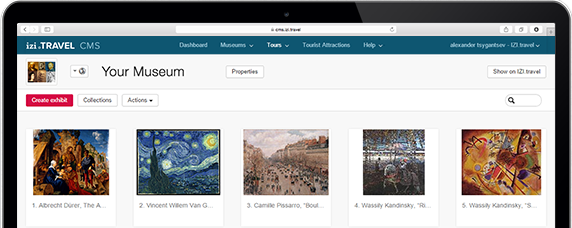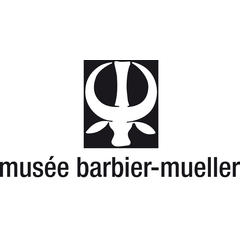Statue with a phallic head
Update Required To play the media you will need to either update your browser to a recent version or update your Flash plugin.
The Olmec (c. 1200- 500 BC) are renowned as the creators of Mesoamerica’s greatest and earliest sculptural tradition. Most famously, they carved multi-ton blocks of stone into massive altars or thrones, and created huge stone portrait heads, thought to depict Olmec rulers. In addition, they carved large scale three dimensional human and animal figures (some extraordinarily naturalistic in style) as well as relief carvings on stelae, slabs and natural stone outcrops. Clay was another important sculptural medium for Olmec artists.
Human figure ceramic sculptures by the Olmec included both large-scale hollow versions and smaller examples formed of solid clay. Both men and women, young and old, were portrayed in an array of postures – sometimes formal and rigid, in other cases relaxed and casual.
A well- known but still enigmatic ceramic type is known as the “Olmec Baby”. These figures rather large in scale are usually in a seated pose with outspread legs. They are dubbed “babies” because of their short limb proportions, large heads, and freshly appearance- the physical characteristic of a young, well-nourished child. The figures are generally unclothed, but genitalia are never depicted, even on very realistically modeled figure.
The sculpture is an unusual – perhaps unique – variation on the Olmec baby theme. The torso takes the form of an upright phallus, with the glans replacing the expected shoulders and head. The figure is not hollow, but rather modeled from solid clay, and fired to a greyish color with a smooth but not polished surface.
The proper right leg is broken off and lost, and has been replaced with a restored element whose appearance is based on the surviving limb. Scientific analyses have demonstrated that the torso and proper left leg are undoubtedly components of a single original work if ancient manufacture (at least 200 BC).
The figure’s outstretched legs have very plump, flesh thighs, short calves, and simply modeled feet with incisions demarcating the toes. The erect torso has a slightly rounded belly with a pierced navel, while the back is flattened.
While the exact meaning and ritual purpose of the phalliform Olmec baby is not known, it seems clear that it must have served a ritual purpose, one related not only to human regenerative power, but also to the earth, water and agricultural fertility. Its unusual form provides new insight into Olmec conceptions of the natural world and humankind’s place within it.
Olmec Baby with a phallic torso. About 1000 to 500 B.C. Earthenware with grey slip (right leg restored). Previously Guy Joussemet Collection. Inv. 501-22.
Human figure ceramic sculptures by the Olmec included both large-scale hollow versions and smaller examples formed of solid clay. Both men and women, young and old, were portrayed in an array of postures – sometimes formal and rigid, in other cases relaxed and casual.
A well- known but still enigmatic ceramic type is known as the “Olmec Baby”. These figures rather large in scale are usually in a seated pose with outspread legs. They are dubbed “babies” because of their short limb proportions, large heads, and freshly appearance- the physical characteristic of a young, well-nourished child. The figures are generally unclothed, but genitalia are never depicted, even on very realistically modeled figure.
The sculpture is an unusual – perhaps unique – variation on the Olmec baby theme. The torso takes the form of an upright phallus, with the glans replacing the expected shoulders and head. The figure is not hollow, but rather modeled from solid clay, and fired to a greyish color with a smooth but not polished surface.
The proper right leg is broken off and lost, and has been replaced with a restored element whose appearance is based on the surviving limb. Scientific analyses have demonstrated that the torso and proper left leg are undoubtedly components of a single original work if ancient manufacture (at least 200 BC).
The figure’s outstretched legs have very plump, flesh thighs, short calves, and simply modeled feet with incisions demarcating the toes. The erect torso has a slightly rounded belly with a pierced navel, while the back is flattened.
While the exact meaning and ritual purpose of the phalliform Olmec baby is not known, it seems clear that it must have served a ritual purpose, one related not only to human regenerative power, but also to the earth, water and agricultural fertility. Its unusual form provides new insight into Olmec conceptions of the natural world and humankind’s place within it.
Olmec Baby with a phallic torso. About 1000 to 500 B.C. Earthenware with grey slip (right leg restored). Previously Guy Joussemet Collection. Inv. 501-22.
Descargue la app gratuita de izi.TRAVEL
¡Cree sus propias audioguías!
La utilización del sistema y la app de guía para móvil es gratuita


